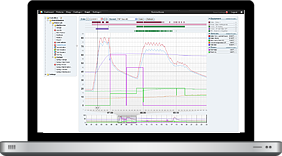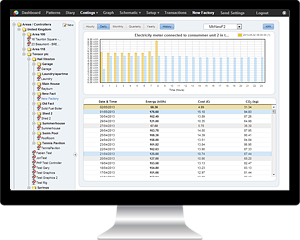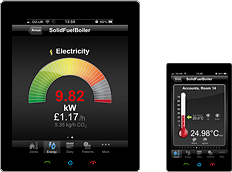Npower makes “no hidden profits” on the energy bills, CEO argues
Following the bout of bad press RWE npower has received lately, concerning everything from its prices and tariffs to its customer care, not to mention it topping the charts in terms of lack of customer confidence, the company’s CEO, Paul Massara, decided to strike back by publishing a paper called ‘Energy Explained: Inside the Cost of Energy’, within which he argues that the company makes “no hidden profits”.
As a news report suggests, the guide suggests that suppliers control less than 20% of an energy bill, while in the same time very clearly explaining just how power stations are financed, how and why energy is traded and how it is priced for consumers.
Paul Massara, RWE npower CEO said “The most common number associated with energy in the UK is six – the ‘Big Six’ suppliers. But this report shows how misleading this is. It’s time we looked at the 80:20 rule in energy too – the 80+ organisations that trade on our energy markets, from major oil companies and international banks to small traders, and more than 20 generators who produce the power we all buy.
“In total there are over 140 companies involved in the production, generation, trading, delivery and supply of energy in the UK, all of whom influence the price we pay as consumers for the energy we all use.”
Furthermore, the Npower CEO also blamed the UK’s old and not at all energy efficient housing stock for the higher bills, given the fact that the actual cost of energy is one of the lowest in Europe.
Customers who are seriously considering the prospect of implementing energy efficiency solutions in order to save energy and reduce their bills should seriously consider going for a HeatingSave Building Energy Management System, given the extensive range of cost-effective features it provides.
Building Energy Management Systems are capable of delivering extensive monitoring and control options, compared to basic controls. They typically employ data from a variety of sources (boiler flow and return sensors, internal and external temperature sensors, occupancy sensors, humidity sensors, etc.), and enable the perfect optimization of a building’s boiler-based central heating system.
If you’d like to find out more about the savings enabled by the HeatingSave Building Energy Management System, just contact our dedicated product team, they’ll be more than happy to answer all of your questions and queries.






